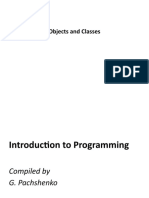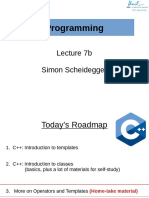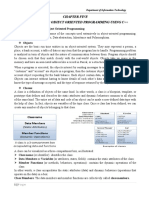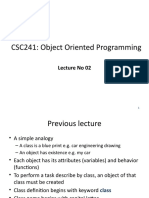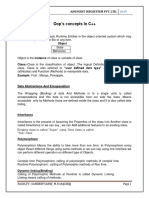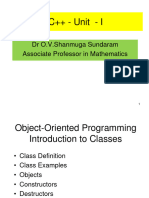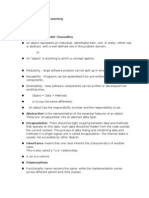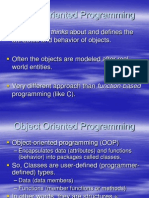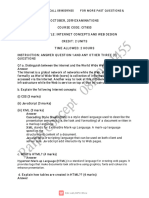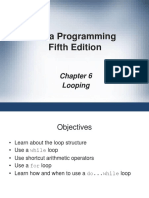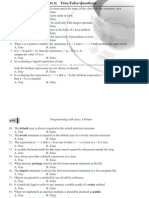0% found this document useful (0 votes)
14 views50 pagesChapter 5 Implementating Classes in C++
Chapter 5 discusses the implementation of classes in C++, focusing on encapsulation, data members, and member functions. It outlines the differences between public, protected, and private access modifiers, and explains the role of constructors and destructors in managing object lifecycle. Additionally, it provides examples of defining and using classes, including static members and functions.
Uploaded by
linzskybesCopyright
© © All Rights Reserved
We take content rights seriously. If you suspect this is your content, claim it here.
Available Formats
Download as PDF, TXT or read online on Scribd
0% found this document useful (0 votes)
14 views50 pagesChapter 5 Implementating Classes in C++
Chapter 5 discusses the implementation of classes in C++, focusing on encapsulation, data members, and member functions. It outlines the differences between public, protected, and private access modifiers, and explains the role of constructors and destructors in managing object lifecycle. Additionally, it provides examples of defining and using classes, including static members and functions.
Uploaded by
linzskybesCopyright
© © All Rights Reserved
We take content rights seriously. If you suspect this is your content, claim it here.
Available Formats
Download as PDF, TXT or read online on Scribd
/ 50








